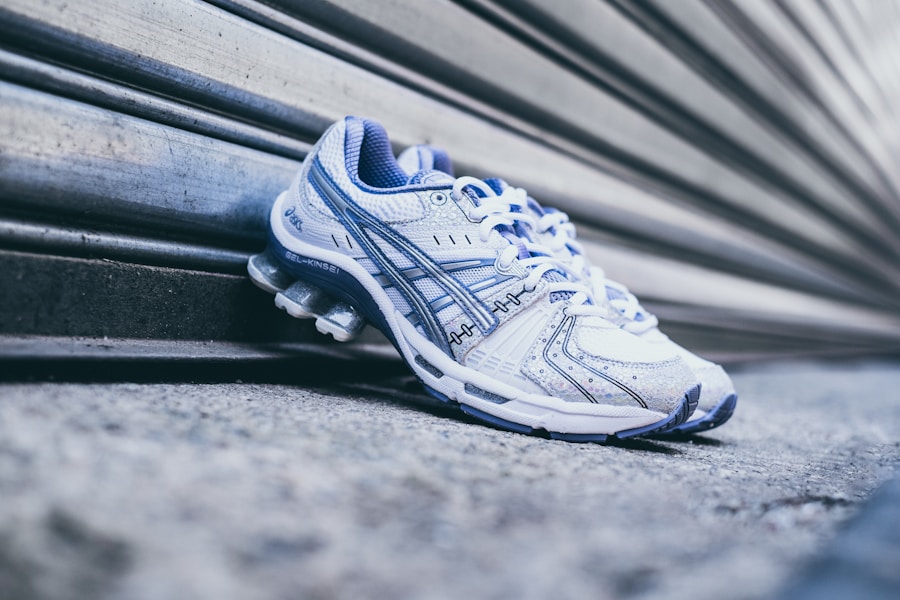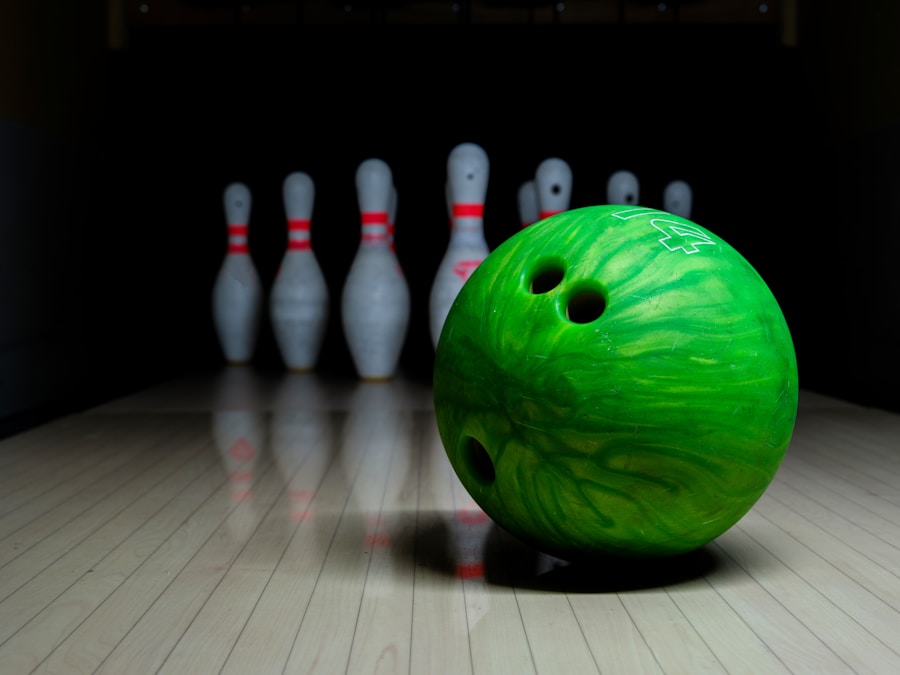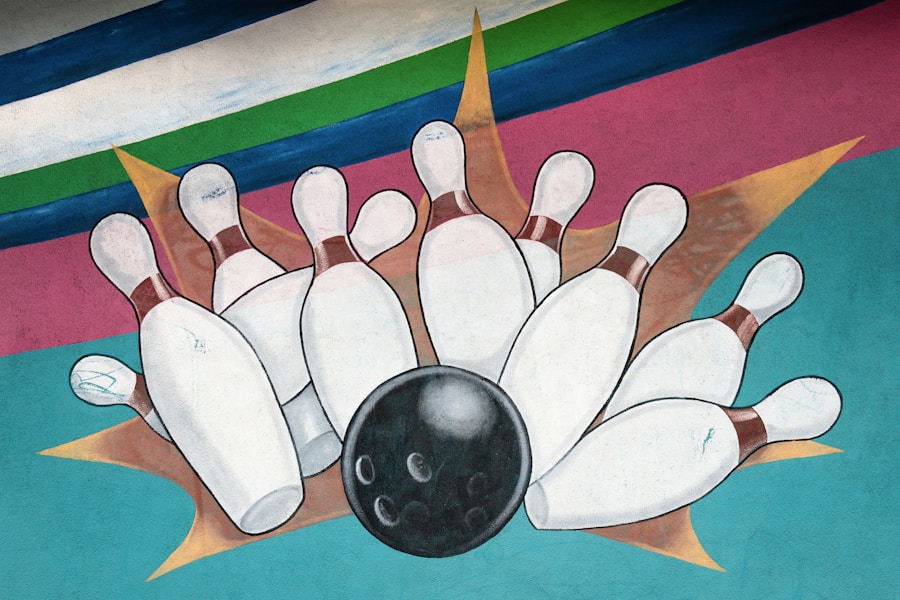Bowling is a popular sport and recreational activity that has been enjoyed by people of all ages for centuries. The basic premise of the game is to roll a ball down a lane and knock down as many pins as possible. The game is typically played in teams or individually, and the objective is to score the highest number of points by knocking down all ten pins in each frame. The game consists of ten frames, and the player with the highest score at the end of the game is declared the winner.
In order to be successful at bowling, it is important to understand the basic mechanics of the game. This includes understanding the layout of the lane, the scoring system, and the rules and regulations of the game. Additionally, it is important to have a basic understanding of the different types of bowling balls and equipment that are used in the game. By understanding these basics, players can develop a solid foundation for their bowling skills and improve their overall performance on the lanes.
Mastering the Approach and Release
One of the most important aspects of bowling is mastering the approach and release. The approach refers to the steps a bowler takes before releasing the ball, while the release refers to the motion of letting go of the ball. A proper approach and release are essential for achieving accuracy and power in bowling. The approach involves a series of steps that lead up to the release, and it is important for bowlers to develop a consistent and smooth approach in order to achieve optimal results.
In addition to the approach, the release is also a crucial component of successful bowling. The release involves the motion of letting go of the ball, and it is important for bowlers to develop a smooth and controlled release in order to achieve accuracy and power. By mastering the approach and release, bowlers can improve their overall performance on the lanes and increase their chances of knocking down more pins.
Perfecting Your Hand Position and Grip
Another important aspect of bowling is perfecting your hand position and grip. The way you hold the ball and position your hand can have a significant impact on your overall performance on the lanes. It is important for bowlers to develop a comfortable and consistent hand position and grip in order to achieve accuracy and power in their shots.
The hand position refers to the way you hold the ball in your hand, while the grip refers to how tightly you hold onto the ball. It is important for bowlers to find a hand position and grip that feels comfortable and natural for them, as this will help them achieve better control and accuracy in their shots. By perfecting your hand position and grip, you can improve your overall performance on the lanes and increase your chances of knocking down more pins.
Developing a Consistent Bowling Routine
In order to be successful at bowling, it is important to develop a consistent bowling routine. A consistent routine can help bowlers stay focused and maintain their form throughout a game, which can lead to improved performance on the lanes. A consistent routine can include things like taking a few practice swings before each shot, visualizing your target, and taking a deep breath before releasing the ball.
By developing a consistent bowling routine, bowlers can improve their overall performance on the lanes and increase their chances of knocking down more pins. Additionally, a consistent routine can help bowlers stay focused and maintain their form throughout a game, which can lead to improved performance on the lanes.
Adjusting to Lane Conditions
One of the challenges of bowling is adjusting to different lane conditions. Lane conditions can vary depending on factors such as oil patterns, humidity, and temperature, and these conditions can have a significant impact on a bowler's performance. It is important for bowlers to be able to adapt to different lane conditions in order to achieve optimal results.
In order to adjust to lane conditions, bowlers can make changes to their approach, release, and equipment in order to achieve better results on the lanes. By being able to adapt to different lane conditions, bowlers can improve their overall performance and increase their chances of knocking down more pins.
Mental Focus and Visualization Techniques
Mental focus and visualization techniques are also important aspects of successful bowling. In order to be successful at bowling, it is important for bowlers to maintain mental focus throughout a game. This involves staying focused on each shot, visualizing your target, and maintaining a positive attitude throughout a game.
Visualization techniques can also be helpful for improving performance on the lanes. By visualizing your target before each shot, you can improve your accuracy and increase your chances of knocking down more pins. Additionally, maintaining a positive attitude can help you stay focused and maintain your form throughout a game, which can lead to improved performance on the lanes.
Practicing and Analyzing Your Performance
Finally, practicing and analyzing your performance is essential for improving your bowling skills. By practicing regularly, you can improve your technique, develop better consistency, and increase your chances of knocking down more pins. Additionally, by analyzing your performance after each game, you can identify areas for improvement and make adjustments to your approach, release, and equipment in order to achieve better results on the lanes.
By practicing regularly and analyzing your performance, you can improve your overall performance on the lanes and increase your chances of achieving success in bowling. Additionally, by making adjustments based on your analysis, you can continue to improve your skills and become a more successful bowler in the long run.









